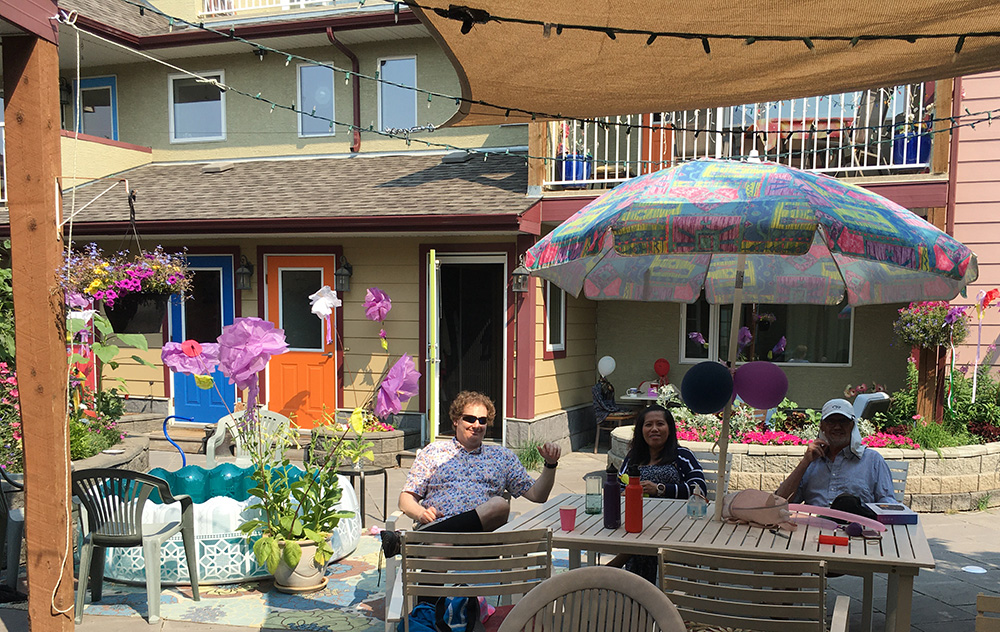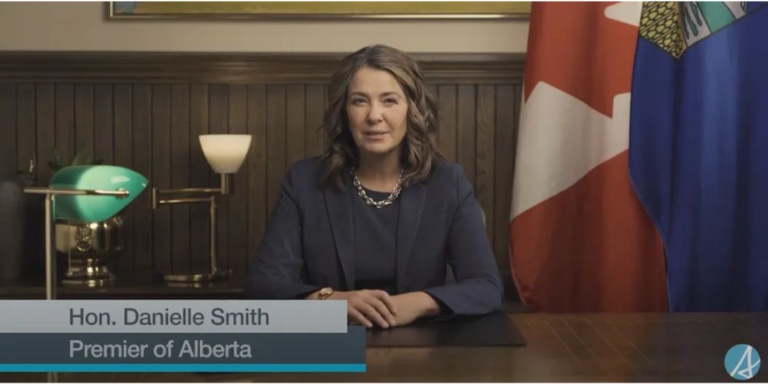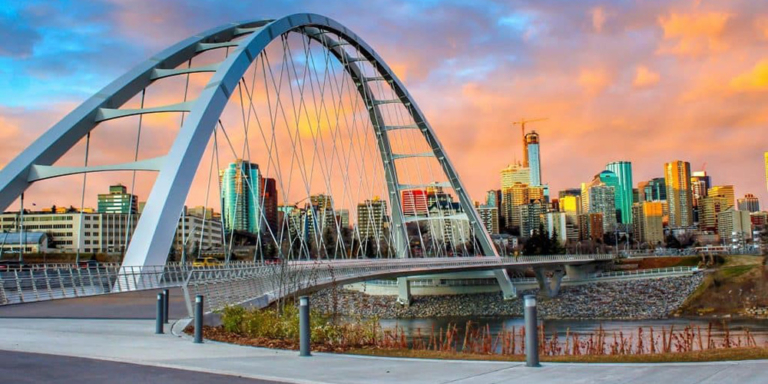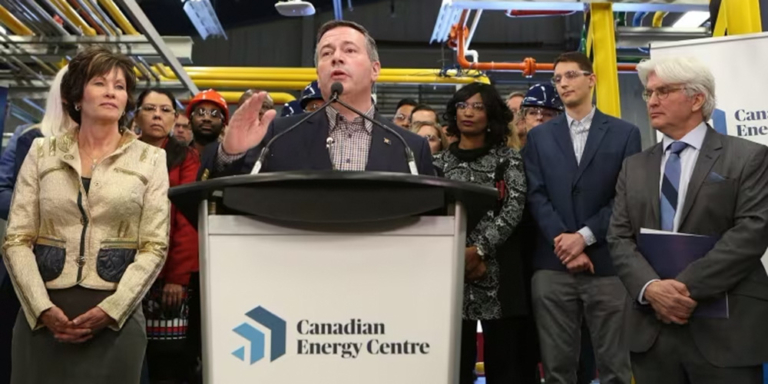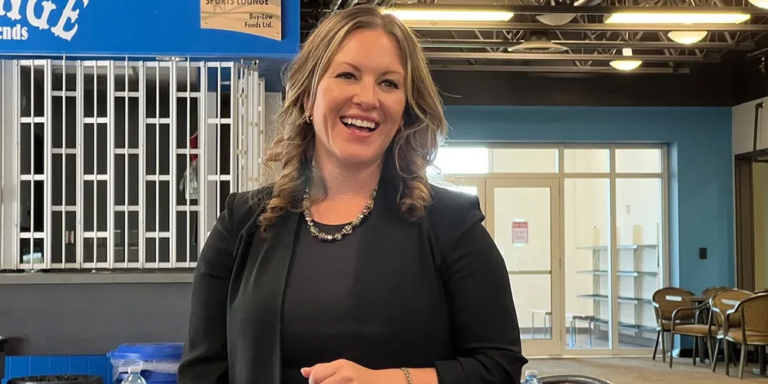Over the past year, Alberta set new records for population growth, primarily driven by migration from Ontario, BC, and other parts of Canada, as well as international immigration.
According to the latest estimates from Statistics Canada, the province’s population reached more than 4.8 million as of January 1. The increase of 202,324 residents from the previous year is the province’s largest annual growth ever recorded.
But Alberta’s population isn’t the only thing surging this year.
As the vacancy rate for rentals in Calgary continues to fall, prices are expected to rise to historic highs in 2024.
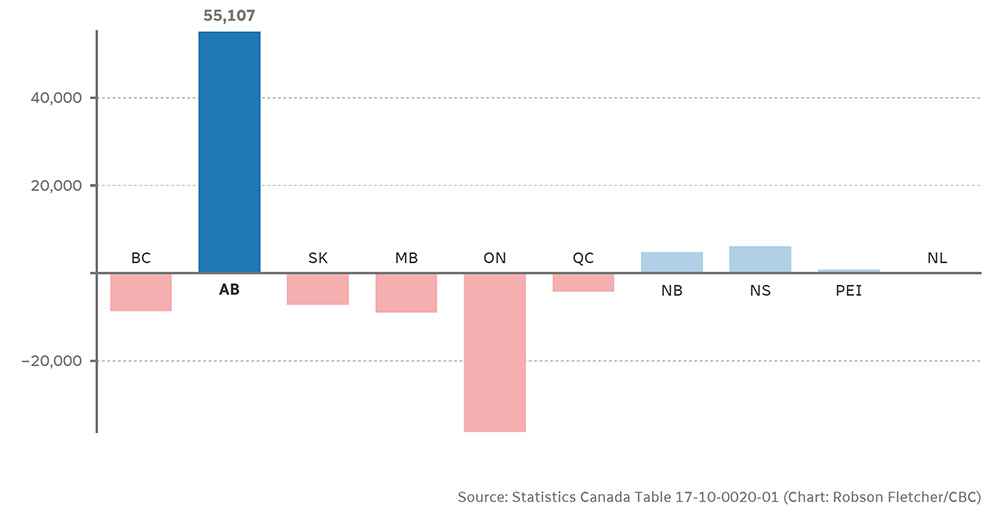

More People, Less Places to Live
According to the Canada Mortgage and Housing Corporation (CMHC), the number of rental units available is set to fall from 1.4 percent in 2023 to 1.1 percent this year.
A 0.3 percent drop might not seem like much, but it’s a lot when you look at the actual number of units available.
As of mid-April this year, just under 4,500 rental units were available on Rentfaster.com for all of Calgary and the surrounding area.
These rentals need to serve Calgary’s growing population of over 1.4 million people.
The vacancy rate is predicted to fall to one percent in 2025, but hope is on the horizon.
The CMHC estimates that it should grow to 1.5 percent in 2026.
This sliver of hope is overshadowed by the fact that vacancy rates were as high as 6.3 percent in Calgary in October 2020.
Alberta’s housing and rental markets are hot, and hard-working Albertans are paying the price.
In addition to fewer available rental units, the CMHC forecasts that rent will increase.
The average rent for a two-bedroom unit jumped over 14 percent in 2023 to $1,695.
Rent is expected to rise again to $1,859 this year and $1,922 in 2025. Growth is expected to slow down in 2026, with rent increasing about 1.5 percent to $1,951.
Rising rental costs and fewer available units raise a concerning question.
How are people supposed to keep a roof over their heads when it’s hard enough trying to keep food on the table?
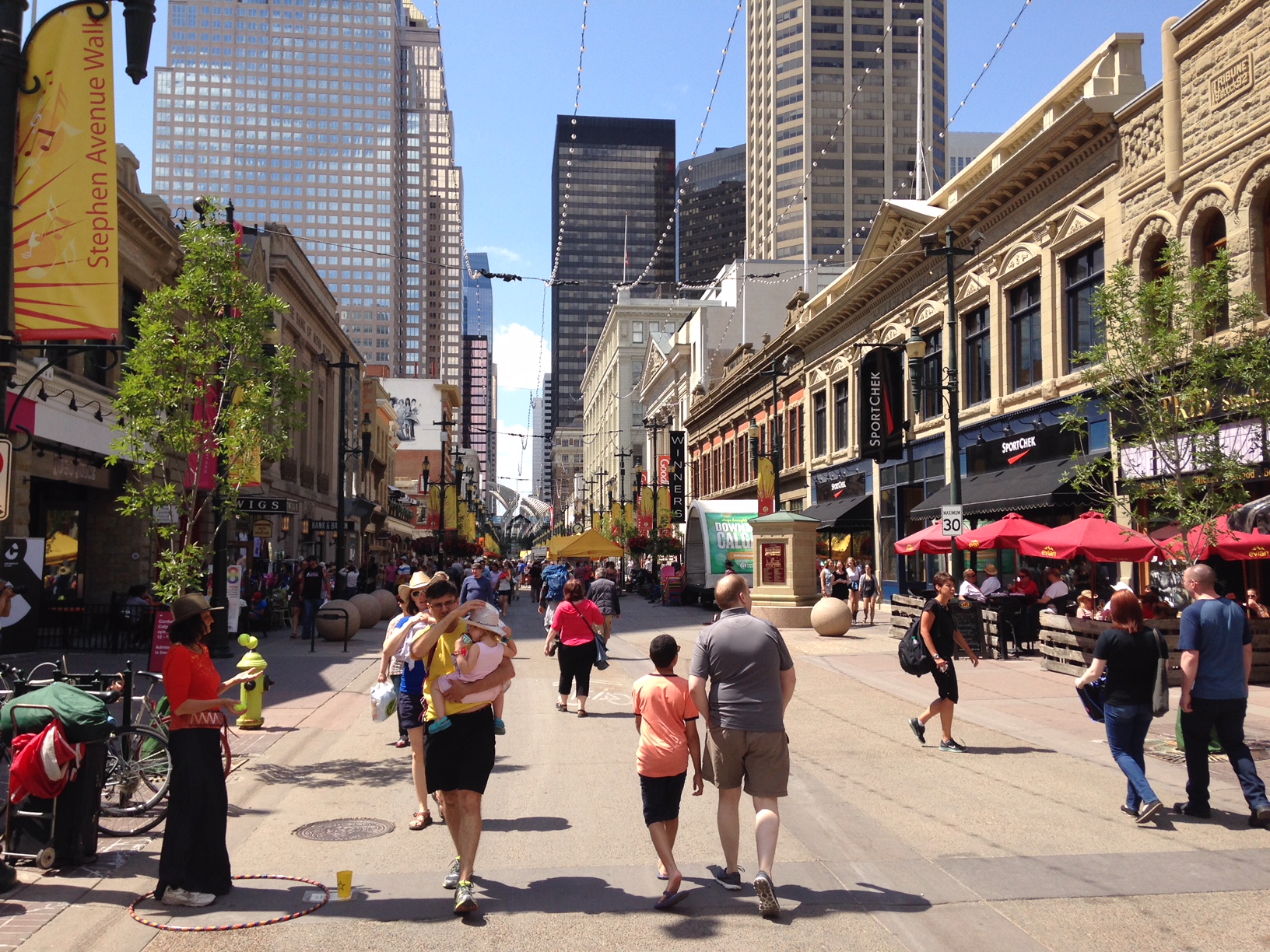

Calgary’s Response
Calgary’s answer is two-fold.
First, Calgary’s Downtown Office Conversion Program aims to convert six million square feet of vacant office space into residential apartments by 2031, boosting the downtown population by 20 percent.
When complete, over 2,300 new residences will exist downtown.


Calgary is also encouraging more purpose-built rentals. These rental units are different from something like a condominium for rent.
Condominiums are not considered permanent forms of rental housing. They are usually owned by a landlord who rents the units privately to tenants.
On the other hand, purpose-built rentals, like an apartment complex, are made for the sole purpose of renting and are usually owned by property management companies.
Both purpose-built rentals and private rentals have pros and cons.
One major difference is that private rentals are generally newer than purpose-built ones.
However, the rental market is quickly changing.
In 2023, the construction of purpose-built rentals outpaced the construction of condominiums for the first time in many years..
Apartment projects made up almost half of the housing starts in Calgary in 2023, with the construction of over 9,000 apartment units beginning last year.
More than half of these units were purpose-built rentals.
Adebola Omosola, a CMHC specialist in housing economics, expects housing starts of all types to grow in the coming years, which she hopes will address the city’s supply-and-demand issue.
“The struggle is always how fast can supply keep pace with demand. Because right now it isn’t keeping up, which is the reason why we’re seeing high prices, we’re seeing lower vacancy rates and, as long as that continues, supply will have to keep trying to play catch up,” Omosola told CBC News.
Home Ownership Out Of Reach
Did you know nine of ten Canadians believe they will never own a home? Given the future of the housing market in Calgary, this statistic isn’t surprising.
The CMHC predicts that home sale prices will also increase due to strong demand, which is in line with what the Calgary Real Estate Board (CREB) has said in the past.
According to Anne-Marie Lurie, the CREB’s chief economist, the sales-to-new listing ratio (SNLR) rose to 84 percent in March.
To calculate SNLR, divide the number of homes sold by the number of new listings in a specific time frame, then multiply by 100 for the percentage.
A high SNLR, over 60%, is a seller’s market. Below 40%, it’s a buyer’s market. Between 40% and 60%, it’s balanced.
At 84%, it is a strong seller’s market, complete with bidding wars over the asking price.
When more homes are sold than those listed, the supply runs dry.
That’s what’s happening in Calgary.
“We basically have less than one month of supply… and that’s really continuing to drive a lot of price growth,” said Marie-Lurie.
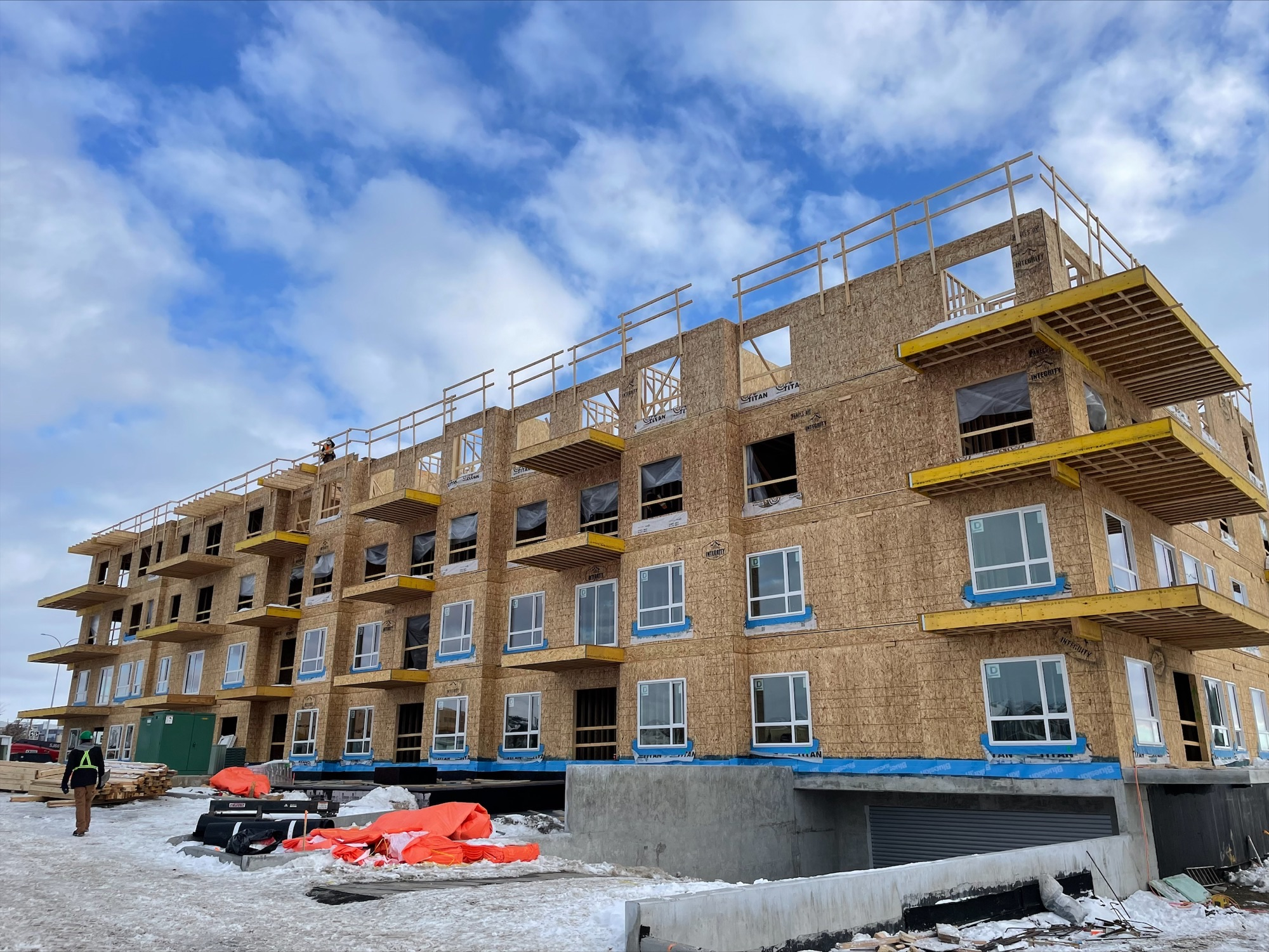

Blame or Build?
The housing market is usually even busier in the spring, which will make matters worse.
Higher real estate prices push more people towards renting because they can’t afford to buy.
Higher demand and decreased availability mean increased rental prices. It’s a vicious cycle, and hard-working Albertans are caught in the middle.
Increasing the supply of houses and rental units is one small step toward solving Calgary’s housing shortage.
While Albertans struggle to survive, Premier Danielle Smith’s government blames the federal government’s carbon tax for the housing crisis.
But wasn’t Smith’s government encouraging massive population growth with campaigns like Alberta Is Calling when many communities do not have the infrastructure needed to support growth?
In March, Airdrie penned a deal with the federal government for almost $25 million to build 900 affordable homes in the fast-growing city.
Six other Alberta municipalities signed deals with Ottawa to bring in almost $14 million for new housing.
Danielle Smith was unhappy with these deals because she felt the province should have had a say in the approval. Instead of celebrating the federal government prioritizing housing after decades of neglect, Smith is proposing new legislation that would prevent such deals without the province’s approval.
What happened to the Alberta government’s “Can Do” attitude and desire to reduce red tape?
Albertans are inventive, and new solutions like co-housing, tiny homes, intentional communities, and laneway housing are being rolled out across the province. But to scale these solutions we need support from all levels of government.
Albertans need leaders who are willing to move beyond partisan politics and find real solutions for the housing crisis.
Afterall, safe housing is a basic human right.
